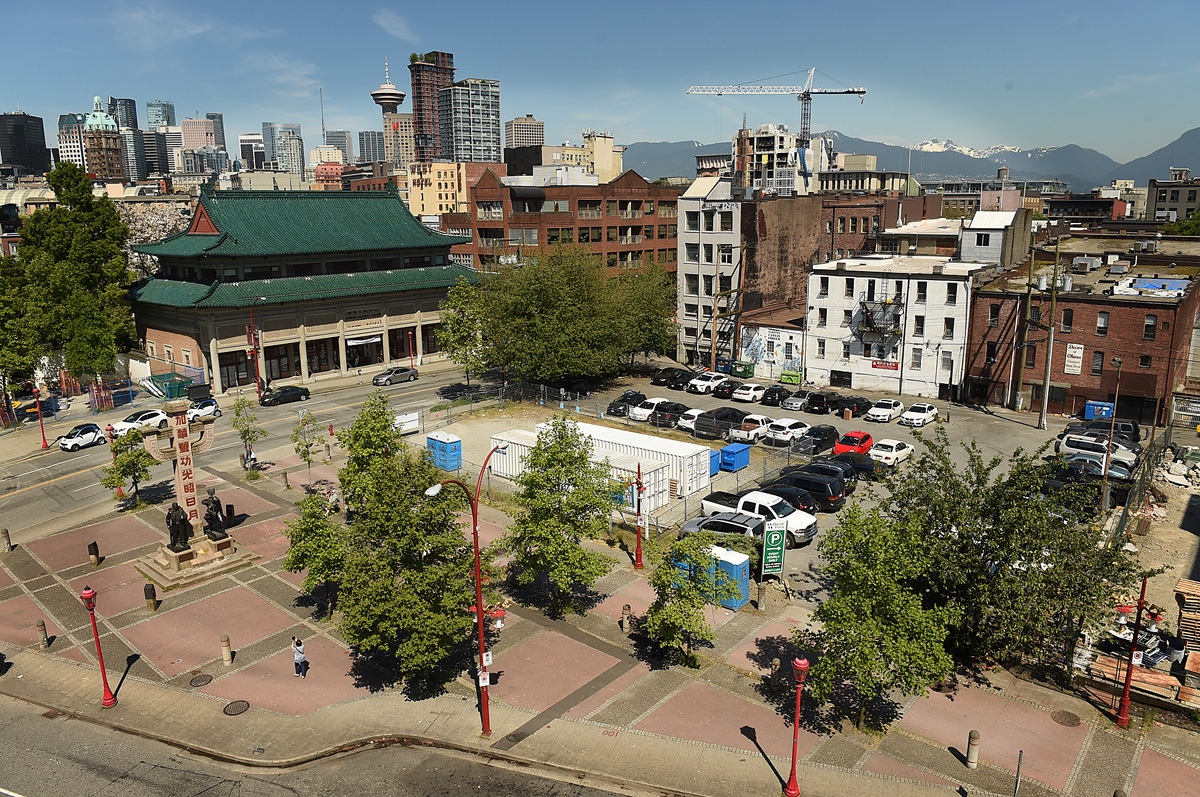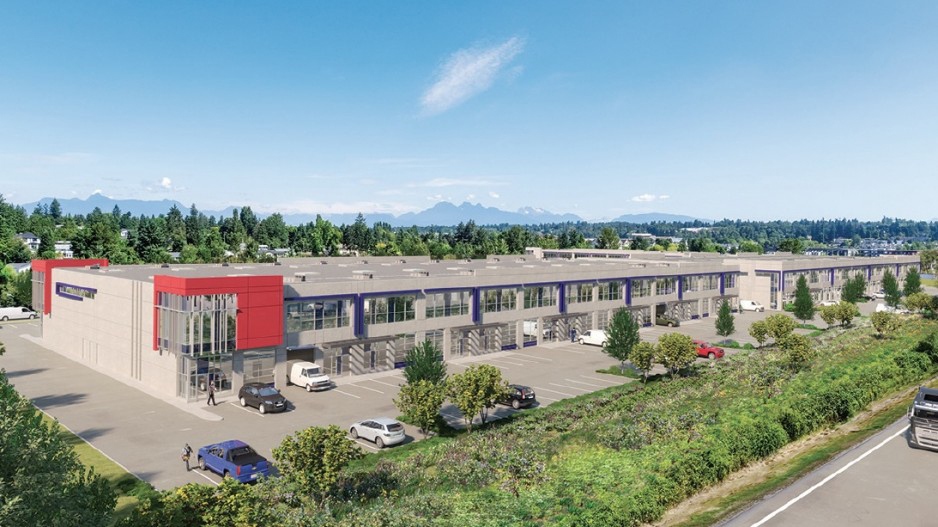New phase at The Commonage expands Predator Ridge
Michael Bernard
The Vancouver Sun
While segments of the Metro Vancouver real estate market experience a general slowdown in listings and prices, the maturing neighbourhood of Predator Ridge near Vernon has enjoyed a steady sales season this year, say those marketing the residential lots and move-in ready homes in the picturesque golf course resort community.
After all, people haven’t stopped retiring from work and like to continue an active lifestyle of golfing, hiking, tennis and pickle ball, and skiing, they explain. The demographic mainstay of buyers has moved to the Okanagan Valley from the Lower Mainland and Alberta over the last decade, although the marketers say they now are seeing an increasing number of buyers from other Okanagan communities.
Predator Ridge, a resort destination community built by Wesbuild Holdings Ltd., has just launched phase three of its popular mountainside neighbourhood called The Commonage, where it is offering a combined total of 58 single-family home sites and semi-detached homes.
“We’ve sold six or seven lots so far, which is quite good,”says Jay Barre, Wesbuild’s vice-president, marketing, adding that Predator Ridge’s real estate cycle is different than Metro Vancouver’s. “We’re selling to a lot of downsizers.”
Lots range from about 7,000 square feet to more than 12,000.
What has proven particularly popular over the last couple of years is the developer’s semi-detached product, homes which are joined on one wall, but sit on their own freehold lot.
The big attraction is the size of the homes, which measure 1,500 square feet, with a master bedroom, kitchen, den and laundry on the main, and another 950 square feet of unfinished space on the lower Ievel, which buyers can finish themselves or have Wesbuild’s contractor complete for about $30,000.
Prices started around $649,000 in the last phase, but with the new homes situated higher up the hill with better views, Barre expects the prices will start around $750,000.
There have been more local buyers in the last two years, Barre said. “We have become a little more affordable locally, and we are so much more than a golf resort now. We really are a fully functioning community, so a lot of people in Vernon or Coldstream or Kelowna are taking note of that.”
Since Predator Ridge was started in the 2000s, the development has added a host of amenities. It boasts a fitness centre with indoor pool, hotel facilities, two restaurants, a village grocery store with a Starbucks, covered tennis and pickle ball courts, and more than 35 kilometres of hiking and biking trails that serve as Nordic and snowshoe trails in winter. Predator Ridge is within an easy 25-minute drive from Kelowna International Airport and about 20 minutes to Vernon.
Barre described the design of the new phases as “modern ranch” with board and batten, corrugated metal roofs with dramatic high ceilings, ranging up to 30 feet high inside. “We are currently sold out of those, but we are going to be building 10 to 15 more semi-detached as the first construction in phase three. They have proved to be the most popular home model, outselling the single-family homes by a ratio of two to one.”
Also available is the 48.5-kilometre Okanagan Rail Trail, an abandoned stretch of CN railbed that stretches north-south from Kelowna to the north end of Kalamalka Lake. Predator Ridge offers a biker shuttle van to drop off and pick up cyclists.
As with all properties at Predator Ridge, all the yard work front and back is done for homeowners at a monthly cost of about $120, says property specialist Claire Radford. The other standard fee is $75 a month per household, giving homeowners unlimited use of the swimming pool and fitness centre and hiking trails.
A survey conducted a few years ago found that the most popular activity among residents was not golf, but rather hiking, said Radford. However, Wesbuild does offer golfers a $20,000 credit toward the $40,000 cost of a club membership.
Wesbuild has also seen another demographic shift occurring. More and more buyers are choosing Predator Ridge as their principal residence; about 73 per cent of all buyers versus about 40 per cent in the early years, said Radford.
“I think that people see the benefits of living in a community that offers all these amenities. It is all beautifully maintained. It is like living in a big park…It’s a very easy place to settle in from a social point of view. You can be as social as you want at Predator Ridge.”
There are about 1,000 events a year staged at Predator Ridge, with the most recent one being an artisan market where local vendors set up booths around the clubhouse to sell their wares. As well, the community recently covered two tennis courts and four pickle ball courts so that residents can use them all year round.
The Commonage at Predator Ridge
Project address: 100 Mashie Crescent, Vernon
Project scope: A total of 58 home sites and semi-detached homes in Phase 3 of The Commonage, with some overlooking the golf courses and Kalamalka Lake. A well-developed community with a full suite of recreational amenities, including two 18-hole courses, several kilometres of hiking trails, fitness facilities, pickle ball and tennis courts.
Developer: Wesbuild Holdings Ltd.
Prices: from $250,000 to $1.25 million
Sales centre:100 Mashie Crescent
Centre hours: 9 a.m. — 5 p.m. daily
Sales phone: (866) 578-2233
Website: www.predatorridge.com
Occupancy: Immediate for some pre-built homes
© 2019 Postmedia Network Inc.



